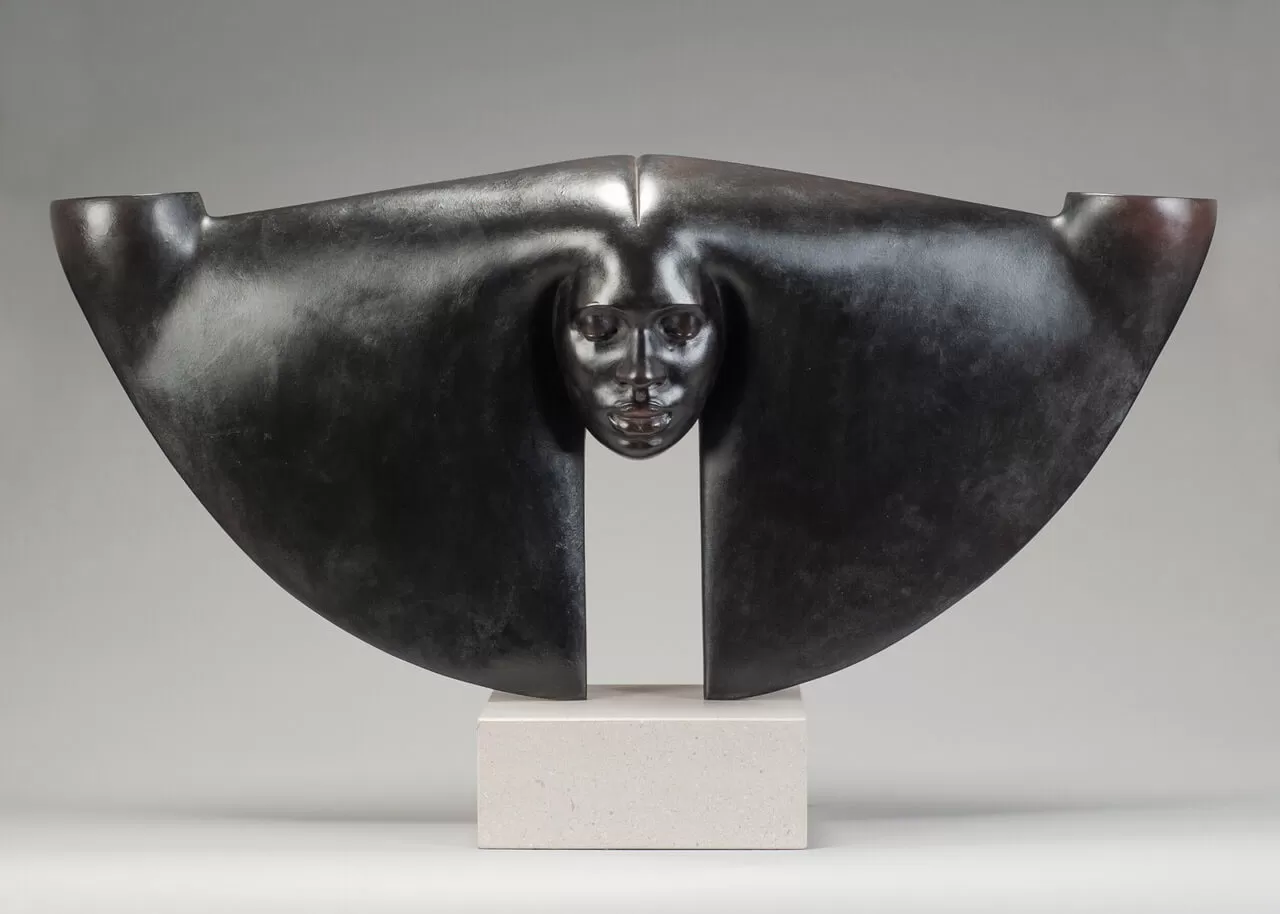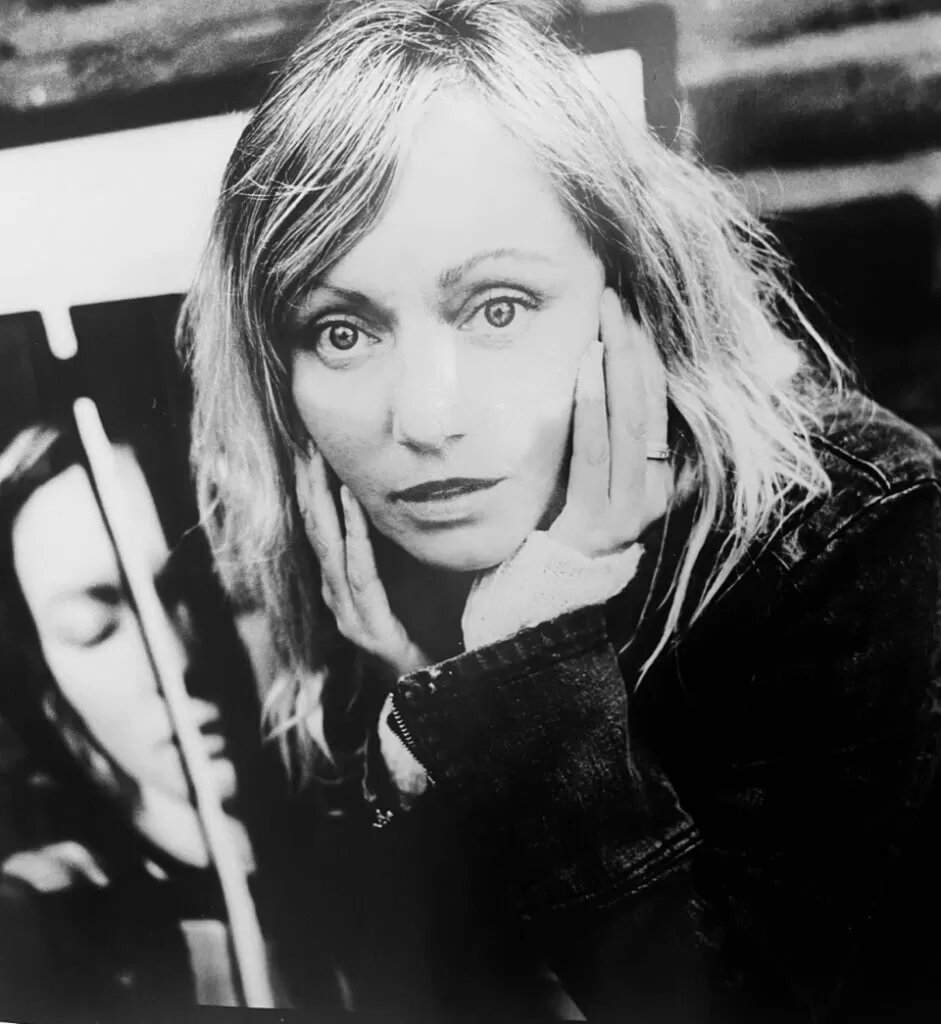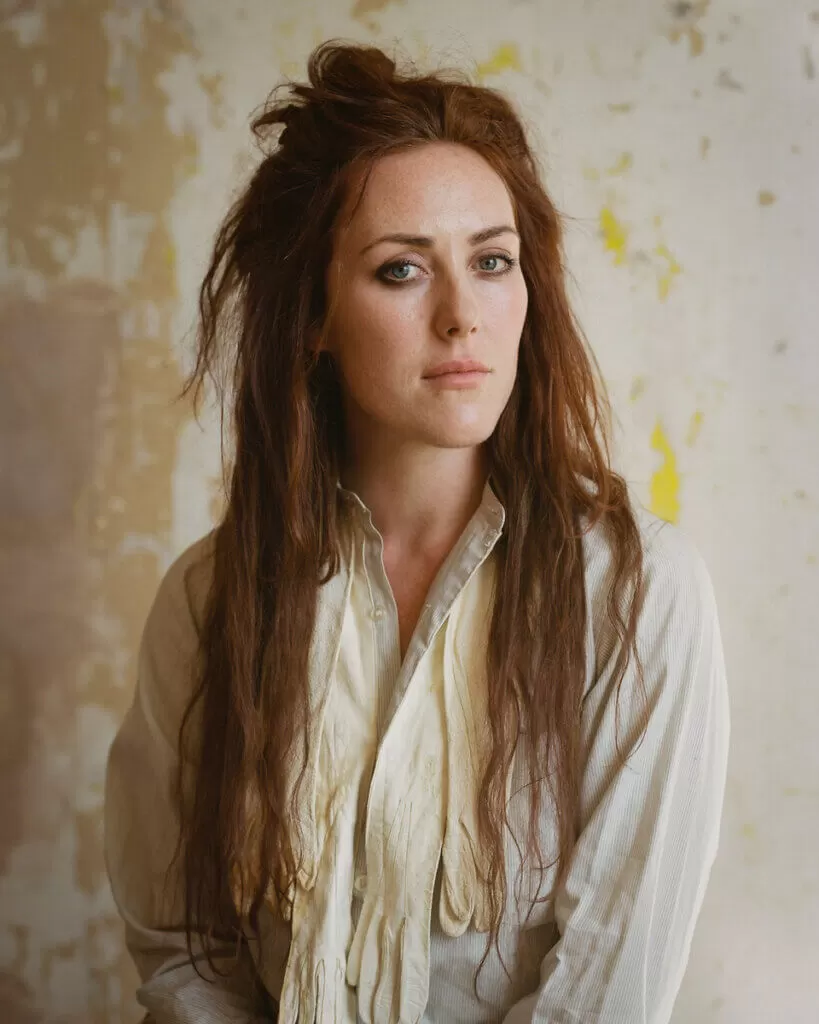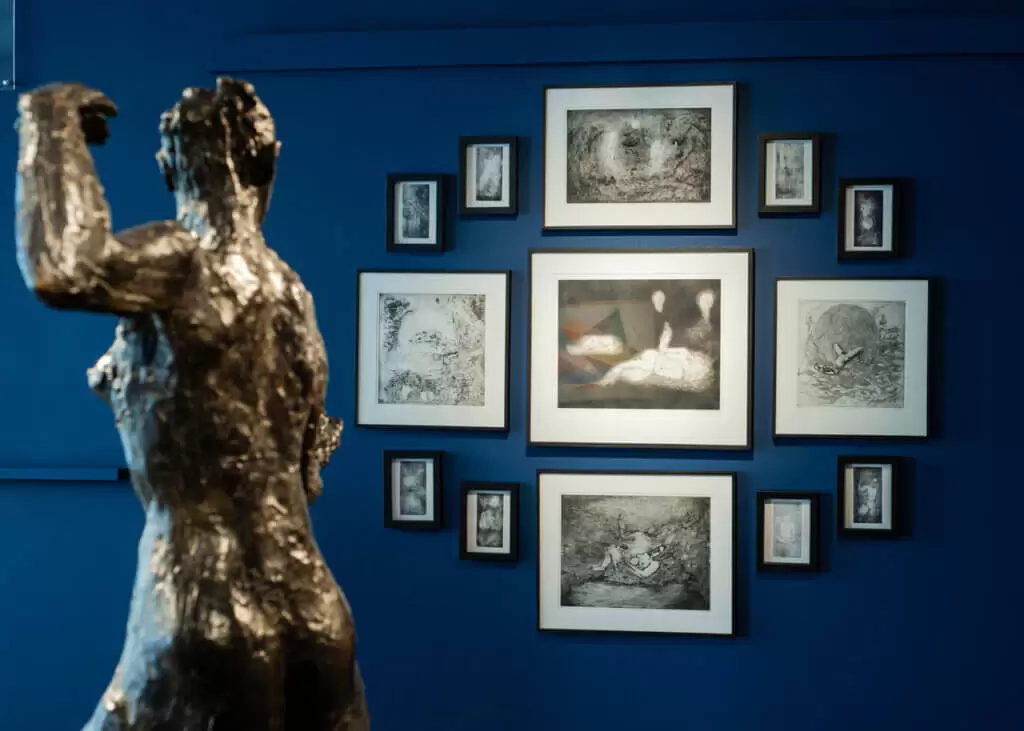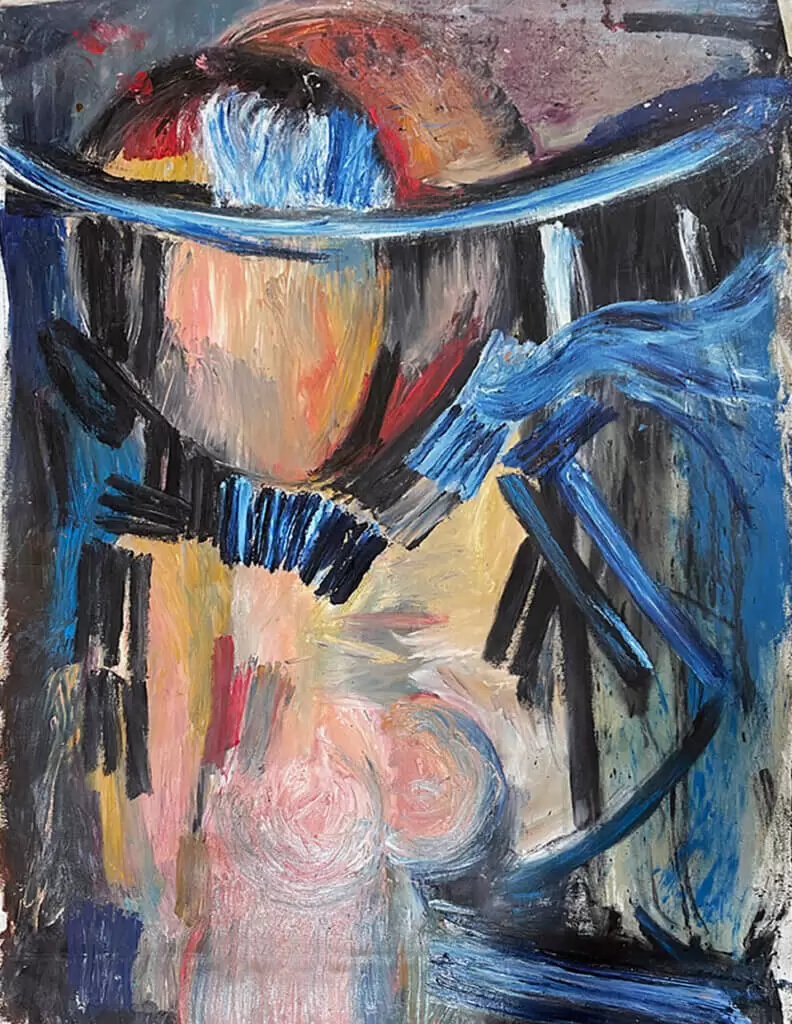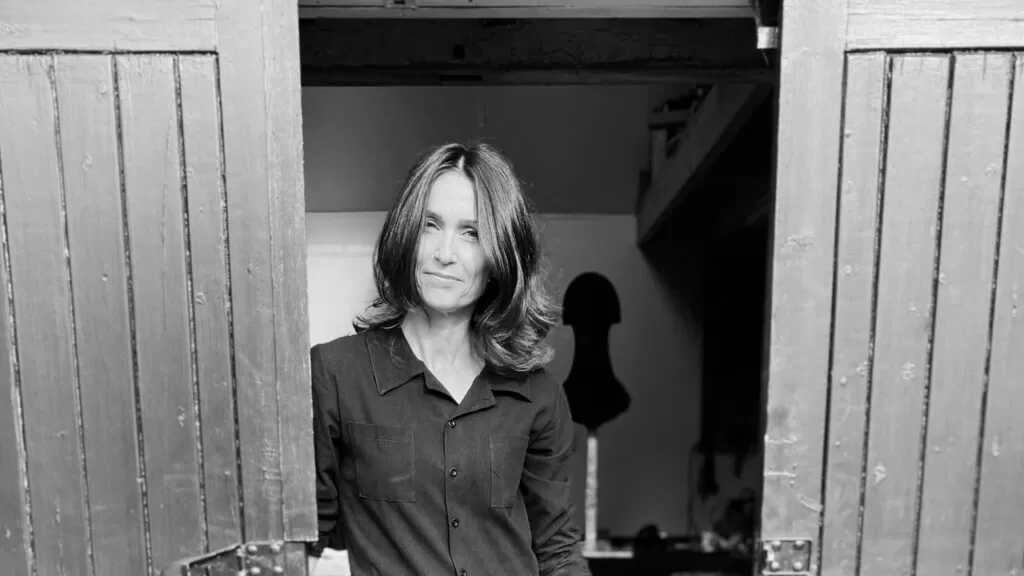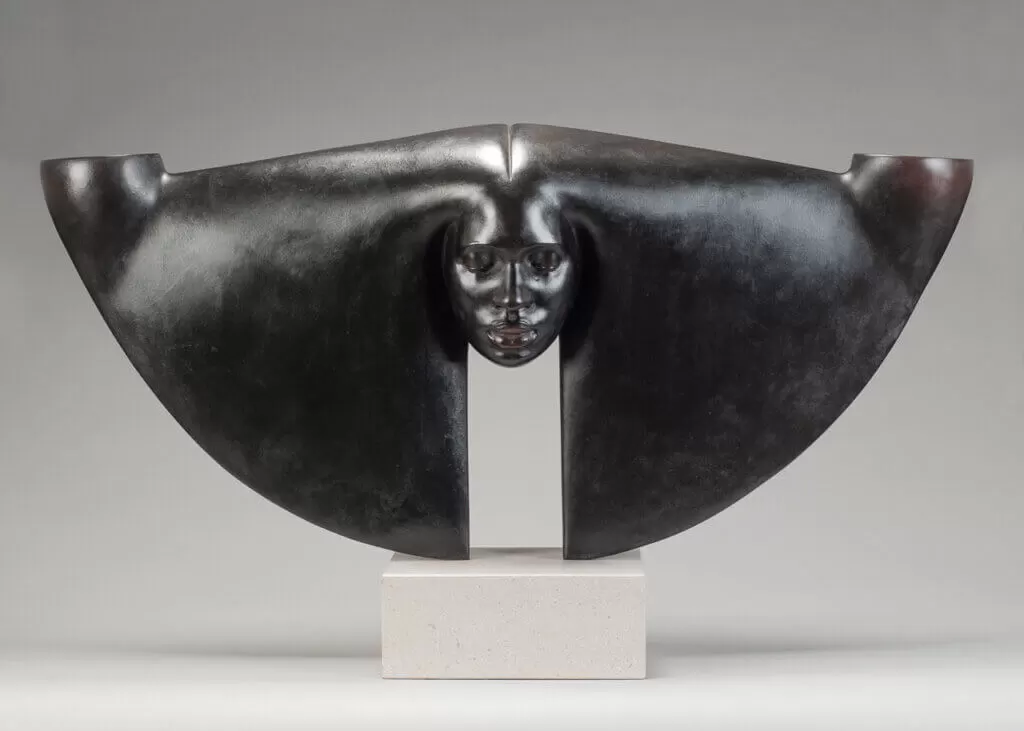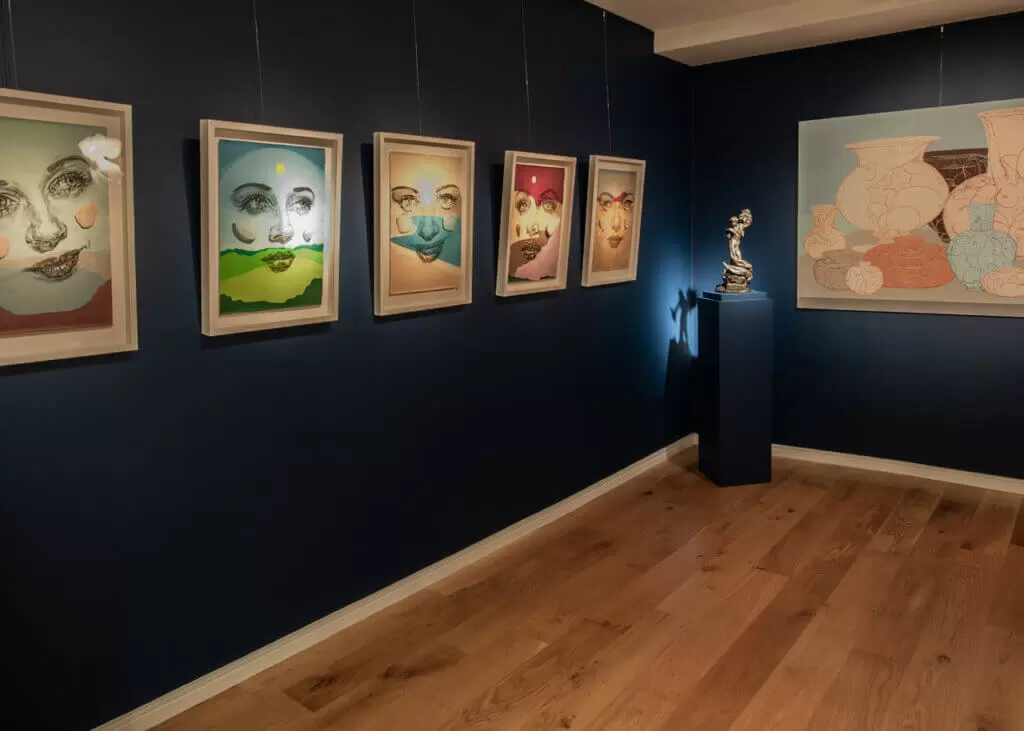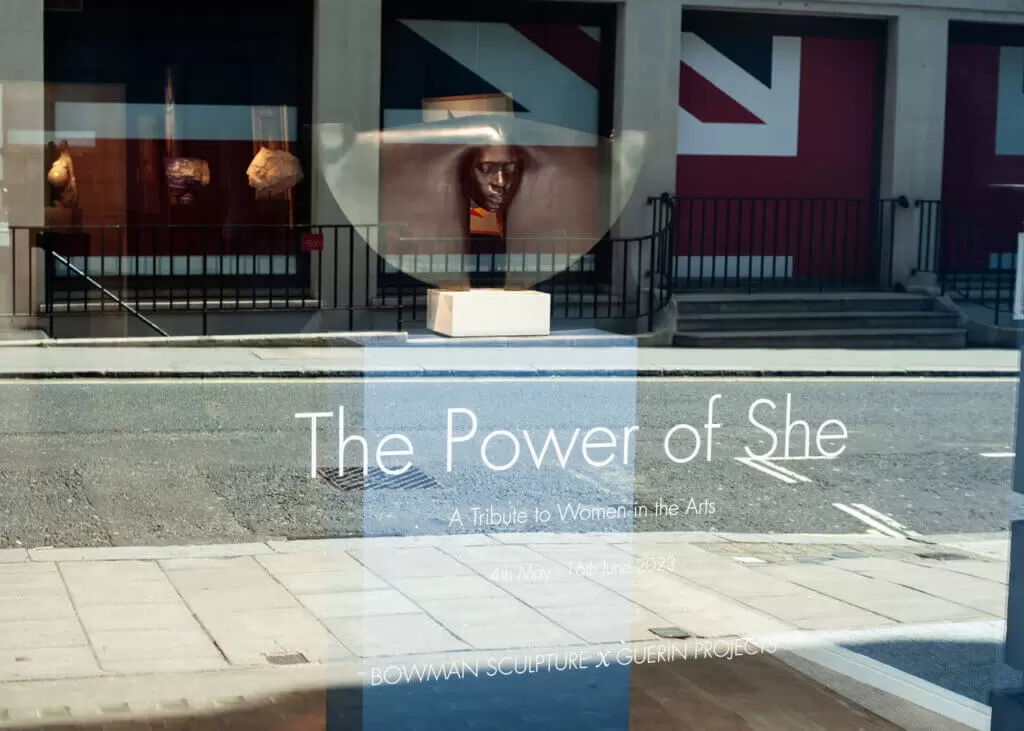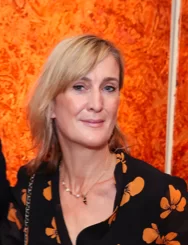‘The Power of She’ celebrates women in the arts and has brought together a diverse
selection of artworks across different mediums. The exhibition features 14 artists from the 18th century through to the present day and explores a multitude of themes from the silent history of female artists, women’s current role in society, to humanity’s relationship with nature and the human condition.
‘The Power of She: A Tribute to Women in the Arts’ is a ground-breaking curatorial initiative from a duo of accomplished women curators: Marie-Claudine Llamas (Guerin Projects) and Mica Bowman (Bowman Sculpture). This exhibition features some of the most exciting 19th-century and modern sculptors including Camille Claudel, Elizabeth Frink and Barbara Hepworth, juxtaposed with leading contemporary artists such as Emily Young, Lily Lewis as well as some emerging career artists, Joanna Allen and Jessica St James.
Celebrating the contemporary, the modern and the timeless, the curation of this exhibition encourages a dialogue between the historical and the contemporary in a frank and thought-provoking manner. While the exhibition focuses on works of art, the 6-week program includes a performance by Natascha Mair, Prima Ballerina of the English National Ballet, female musicians and DJ’s, talks from several artists involved, including Emily Young, described by the Financial Times as “Britain’s greatest living stone sculptor” as well as a special talk from New York gallerist Hong Gyu Shin, who rediscovered two 20th-century female artists – Carla Prina (1950s) and Else-Fischer-Hansen (1960s).
Featured artists: Sarah Hoadly, Camille Claudel, Dame Barbara Hepworth, Germaine
Richier, Else Fischer-Hansen, Carla Prina, Elizabeth Frink, Emily Young, Joanna Allen,
Hanneke Beaumont, Helaine Blumenfeld, Lily Lewis, Pauline Amos and Jessica St James.
I spoke to featured artists Joanna Allen, Pauline Amos and Jessica St. James about the exhibition.
Lee Sharrock: How did you get involved in ’The Power of She’?
Pauline Amos: I have worked with MC Llamas on previous exhibitions she has curated. When MC approached me and with the title ‘The Power of She’, I said yes immediately. Anything that promotes the power of women in the art world, or any world, gets my vote. MC and Mica Bowman visited my studio in Devon. We looked at many canvases and works I presented. The larger of the two works, Mica asked me to tell the story behind the work, as I did, it was obvious to the three of us this painting must be in the show. I liked the way the two curators, MC and Mica worked together and combined their two worlds. It was a good fit.
Lily Lewis: My friend and great source of inspiration MC Llamas spoke to me about it last year. I said yes, not just because I love working with her but also the concept was immediately resonant.
Joanna Allen: I’ve been with Bowman Sculpture as one of their artists for over a year now, so when Mica Bowman talked me through the show, I jumped at the chance to have my work included.
Jessica St James: I worked with curator MC Llamas at the 2021 ‘Art in the Age of Now’ exhibition at Fulham Town Hall, where I created a spoken word/ sonic art ritual/ performance art piece, and also exhibited etchings in her all-female room.
We have since built a strong creative and intellectual relationship and MC was excited by my idea for ‘The Illuminated Screens’: I told her I’d cut pieces of copper the same size as my iPhone and was making William Blake influenced etchings working from my phone, from “intimate selfies” participants had sent to me that they had taken on their phones, to create a “phone-screen mise-en-abyme”, and we conceptually batted the idea back and forth.
Lee Sharrock: Can you explain a bit about the artworks you’re exhibiting at Bowman Sculpture, and the inspiration and technique behind them?
Pauline Amos: Yes, two large paintings, oil on canvas:’Fecund Fertile Fruitful me’ and ‘Fecund Me’. These paintings are twenty years old and were painted in my studio. As I paint in my studio with oils on canvas, when I paint in a live performance it is with acrylic on canvas. The technique: in the studio, there is always a performic element. Movement from me, large gestures. Painted with my hands, fingers. Usually with loud music playing and late at night.
The subject matter of these works are my frustration and anger. I had tried to have successful pregnancies, and none had survived to full term. The visceral quality of the larger of the two canvases and the angry gestures in the paint, the thick red placenta like menstrual blood like paint, my inner core my inner emotional world and desperation and the rawness of the wound. It sounds ugly but the paintings themselves are beautiful and powerful. There are also 6 drawings, graphite, ink, works. Delicate works with features using tenebrism and chiaroscuro. Again from the same time, twenty or more years ago, showing a lonely, almost defeated figure.
Lily Lewis: I have two and a half different styles in the show, the first, the vignette portraits overlayed on Surrealist landscapes, and the second my ‘Vessel state’ series that emerges in 2017 as protest pieces in my political drawings in contrast to the masculine and oppressive direction of the media and news. The .5 piece is a communication of the two, where I’ve interlaced the abstract landscapes painted with cross hatching, almost a weaving, of the paint in the background of the study of a large red vase with my women in and making it up.
Joanna Allen: : I have four bronze sculptures in the show, each with their own story to tell. Two of the pieces are from a growing body of work depicting disembodied heads – ‘Horizon’ reflects our human tendency to gild our truth as the truth and ‘The Hour’ responds to living through an era of reflection and judgement. The third work, ‘Woman’, is a little monument to historic female roles and the last, ‘Shadow’, is a personal piece about the remote shyness I felt as a child.
Jessica St James: For me, the project touches upon Modernist alienation from society, post-modernist alienation from self, and post-post modernist meta self-watching and alienation from the present. The smartphone in “selfie mode” is both a camera and a mirror, photography is considered to be the only inherently surreal medium and was described by Susan Sontag as “unavoidably solipsistic”, and a “screen” is something which both shows and conceals; this paradox is at the heart of our communication via our phones: they are both alienating and connective, fostering both dissonance and intimacy.
Lee Sharrock: Historically, women artists have often been relegated to the role of ‘muse’ and their own accomplishments as artists have historically been underestimated – for example, Camille Claudel who is featured in ’The Power of She’, was not in her own time or in art history been celebrated as much as her male contemporaries, but is now recognised as an incredible sculptor in her own right. How important do you think all-women exhibitions like ’The Power of She’ are, and do you think gender parity in the art world is improving?
Pauline Amos: Gender issues are worsening for women. In many ways. The abortion laws in the US and threat of making abortion illegal in UK. taking away choice for women in their lives, and choice over their own bodies. There are gestures at equality but women know, every step of the way, it is a man’s world, and we have to fight for every second and millimetre we can. Of course, there are improvements since the Victorian age and Camille Claudel’s time. But, don’t rest; give an inch and a mile is taken. And before we know it, we have no abortion rights. When there are so few contemporary female artists in the top tier of famous artists, that says it all, doesn’t it? In the UK the female population is 51%, and the Lion’s share of – everything – goes to men. It’s a constant frustration.
Lily Lewis: Personally, I don’t actually agree with being termed a female artist. I am a woman, and I am an artist, the two are not mutually exclusive. Of course I paint and write through the lens of my experience but I think the segregation of male/female in terms of creation will always keep us as women out of the general conversation. Having said that shows like this one and the work of critics like Katy Hessel do not isolate to condemn those outside but highlight to celebrate, and that is hugely exciting to me.
Joanna Allen: In some ways, I’m against female artists being a subcategory, but I realise that to get parity moving, and at some speed, it’s essential to drive time, space and publicity in our direction, which is beginning to happen. Unless something left-field trips it up, the momentum for change seems to be underway. ‘The Power of She’ is not only about female artists. We have female curators, a female Publicist, and the opening night included a female DJ and a female-owned drinks brand. Working with this team has been great fun and a wonderful celebration.
Jessica St James: Immensely. Barbara Hepworth, whose work is also featured in the show, said she didn’t want to be considered a “female artist”, but an artist, and for me this says it all – women and their work have been marginalised and shouldn’t have been. It is great to show the work of women and to celebrate the fact that we are women – I was particularly thrilled my works on birth and pregnant were selected for the show. Every act of opening the door for women in the Arts is an and invitation for other women to open it further. Part of my work can involve things like welding – there used to be a sign on the door of welding studios which read: “No ladies in the welding room”. Let’s open all the doors.
Lee Sharrock: ‘The Power of She’ features artists from the 18th and 19th Century juxtaposed with contemporary artists. What do you think about mixing up periods of art curatorially, do you feel it gives a different perspective on the work and the artists?
Pauline Amos: One of the reasons why I wanted my artworks in ‘The Power of She’, is that I like to combine contemporary work with older works. In my home, I have 17th century alongside contemporary paintings. Sculptures, old and new have a different kind of sobriety than paintings, a different ‘weight’, not just the physical weight. Combining the two forms is a classic way of bringing out the best of two worlds. Clashing and juxtaposing, creates a different story and narrative.
Lily Lewis: Massively so. We’re not shouting in a dark room, we’re singing in chorus in the middle of a mountain. Without even knowing it when a creator makes, they are contributing to the flow and conversation of, for lack of a better les dramatic term, being human. Art expresses what it is to be, and what it is to be now, whether you like it or not, you’re part of the discussion. Actually some of the most fascinating and moving works I’ve ever seen are artists railing against that wanting to unsubscribe, uncheck box, check out, but they can’t, which is what makes them so fucking fantastic. That rage?! you can hear it when you look at the works.
Joanna Allen: I love a good mix-up of art periods and genres as long as there are some linear connections which ‘The Power Of She’ has. There can be too much sniffing between categories which narrows the opportunity to really understand and build a deep relationship with art I feel. To see how different eras and genres inform and counter each other is an enriching experience. The Power of She tells us a lot about how female artists are evolving and, in particular, how female artists depicting females is transforming.
Jessica St James: In terms of the exhibition being a tribute to women in the arts, it felt like a pathway through time and presented the contemporary artists as continuing the journey. It’s moving to think about the limitations on our predecessors: I am a single parents, and was a young single parent by today’s standards, and I had to “fight” to work in terms of Initially I had no studio, we lived in a rather questionable one bedroom flat, I had no childcare or support, and I kept my etchings under the broken bed my son and I shared – I actually have a cyst under my knee which formed over this time from this curved sleeping position as all the slats would collapse. I worked when he was asleep – I’d wake up often at 3am or 4am and work on my plates.
I took out a loan to pay for one day a week or nursery and time in an etching studio – which is possibly partly why my works are so intricate: I’d work on them at home and use the one day studio time to “bite” them in the acid. I think that we are all collectively just beginning to mourn the loss of, or “bring out from under the bed” so to speak, the works of women artists past, and as we do the sense of urgency to not restrict women in this area is – and should be – accruing.
A note from the curators:
Mica Bowman: “MC and I have been friends for a few years now. While we are both in the art world our expertise and respective work lives are quite polarizing with MC being a contemporary curator and I being a predominantly 19th/20th- century dealer. We have always supported each other’s endeavours over the years and often enthuse about each other’s work. The idea for ‘The Power of She’ came over a year ago. We wanted to create an exhibition that was close to our hearts. We have both valued each other’s support and advice other the years and I think have enjoyed having someone to relate to. This exhibition is somewhat inspired by our own relationship. We wanted to create something to help, support and celebrate other women in our field, the female artists we each work with and women in the arts in general. The overarching theme that ties everything together in this exhibition is about women’s voices: those women from earlier centuries or even decades whose voices may not have been heard or appreciated during their own lifetimes, and those of the living artists we are working with who do have a voice.
While I cannot say that we are living in a world currently where all women’s voices are heard, although much progress has been made, especially in recent years, we feel it is important to continue to address the subject of inequality and to remember the women that came before us. With that being said, this exhibition is not intended to shatter the gender imbalance, nor is it even meant to criticize or highlight that imbalance, it is first and foremost intended to shine a light on women artists, to celebrate our accomplishments as women and to come together and support one another which is something that we as women do well.”
Marie-Claudine Llamas: “With this show, we are telling a story which we know, because we are women, I find that it’s more honest and easier to tell a truth when it’s one’s own. We are telling our story, the story of women. It isn’t about a battle of the sexes, it’s about telling a story which is personal to us, but which we also hope is the one of other women.
We hope that the vastness of subject matters in this show will touch as many viewers as possible and make the story of women through the ages intelligible to visitors. This exhibition also holds a special value for me as I started Guerin Projects as a homage to my late mother. She was an avid collector of contemporary art, and The Power of She with Mica is the first group exhibition with the company, it feels like a great reverence as I started Guerin Projects with the purpose of curating female-focused exhibitions.”
‘The Power of She: A Tribute to Women in the Arts’ is at Bowman Sculpture until 16th June, and the gallery is hosting a series of events;
On Sunday 4th June, English National Ballet Prima Ballerina Natascha Mair will perform at the gallery as part of London Gallery Weekend.
On Monday 8th June, Emily Young (who the FT once described as Britain’s greatest Living sculptor!) will take part in an artist talk at the gallery.
And there will be a WAAW event on 12th June featuring New York Gallerist Hong Gyu Shin talking about featured artists Carla Prina and Else Fischer-Hansen.
For more information go to: https://bowmansculpture.com
©2023 Bowman Sculpture


